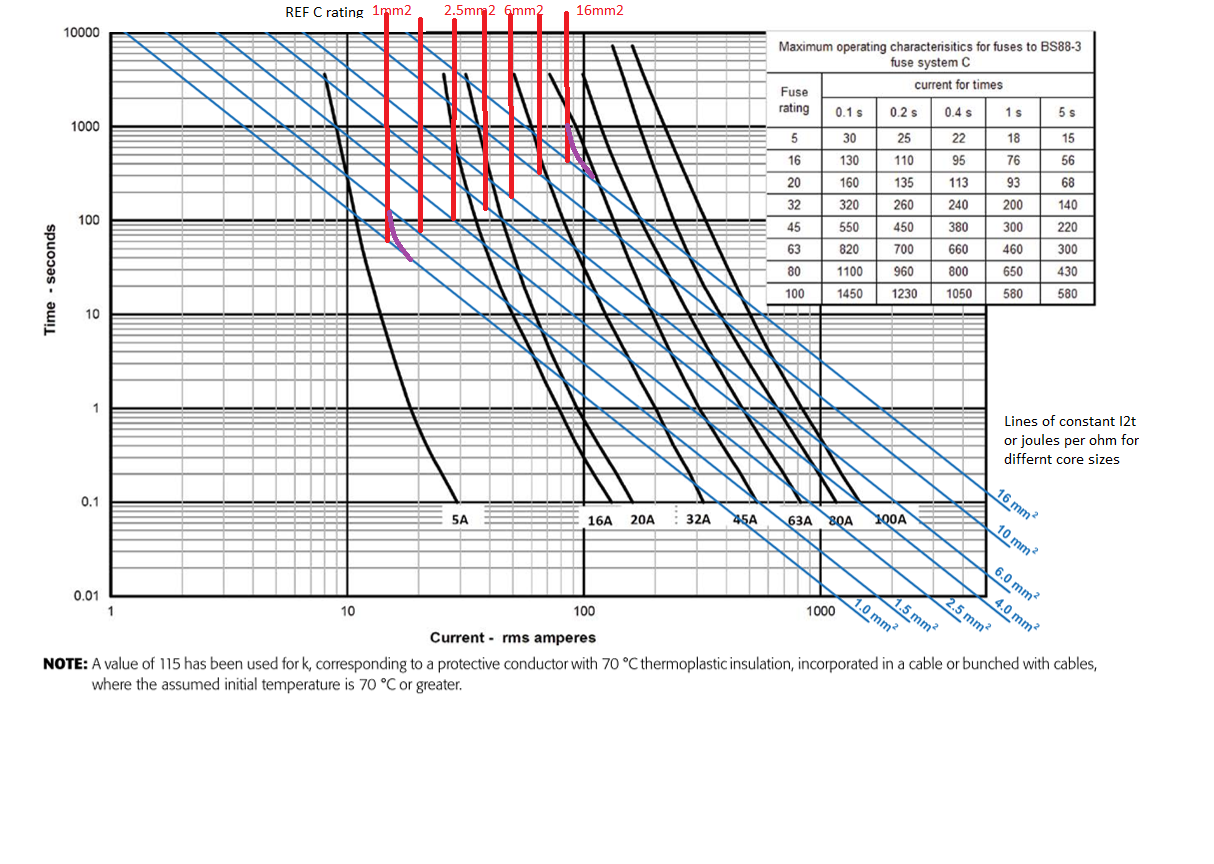When a 3 phase induction motor is running and suffers a loss of phase, then apart from all the things we typically consider such as additional load, it effectively becomes a rotary phase converter. This has the interesting effect that the phase which has been disconnected - potentially by the operation of a fuse due to a fault - is now being fed by the induction motor.
This seems trite, but there's not a lot of literature out there to describe it. For example if the loss of phase was a fuse operating due to a fault, then the motor will feed the fault - but we don't know what the prospective fault current is likely to be. We potentially end up with a fault being cleared by overload protection - which could be very bad news.
It also begs questions about compatibility of unidirectional protective devices.
Has anyone else experienced this? I'm trying to literature survey and I'm drawing blanks.
Regards, Keir

